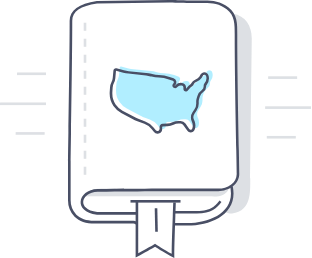Credit Card Authorization Form
A Credit Card Authorization Form is what a merchant, especially the ecommerce one, can use to accept a credit card with the expressed written consent of the cardholder for added security against chargeback.


Frequently Asked Questions
Merchants can use an authorization hold to reserve a product or service before delivering it. They would only put the charge through when the product or service is ready to be sent or delivered. It is also a way to protect against chargebacks, the repeated occurrences of which can result in the suspension of a merchant account. For example, you can put a hold on the card as you get your customer to fill out a credit card authorization form and put the charge through only when it is received and you are ready to ship the product. An authorization hold can last as long as 30 days for credit cards.
The authorization process ensures that the customer has enough credit on the credit card. If the authorization is successful, the merchant will still have to put the charge through (usually at the end of the day) to initiate the fund transfer. An authorization can fail for two reasons:
Technical: If there is a technical problem, the merchant may have to work with the credit card processor to fix it.
Financial: This is the most common error, indicating that something is wrong with the buyer's account, usually insufficient credit or account protection. You will have to ask your buyer to contact his or her credit card company to resolve this.
The main difference is that they are two different forms of payment. While they are both electronic funds transfer, one involves the buyer’s credit card account and the other the bank account. Unlike credit cards, ACH transfers do not require a mediator (such as the merchant account provider). With credit cards, the issuer of the card guarantees the payment. This institution will verify that the card has enough funds before approving the transaction. An ACH transfer is not guaranteed and may take several days to complete. The advantage of ACH is that the fees are much lower. The average credit card discount (fee to the merchant) is 2.5% of the transaction plus a processing fee for domestic cards (at least 1% higher for international cards). In contrast, the fee for an ACH transfer is fixed at $0.30, though there is usually a much higher fee if it is bounced (which varies according to the financial institution involved). A Credit Card Authorization Form usually allows for the use of both.




